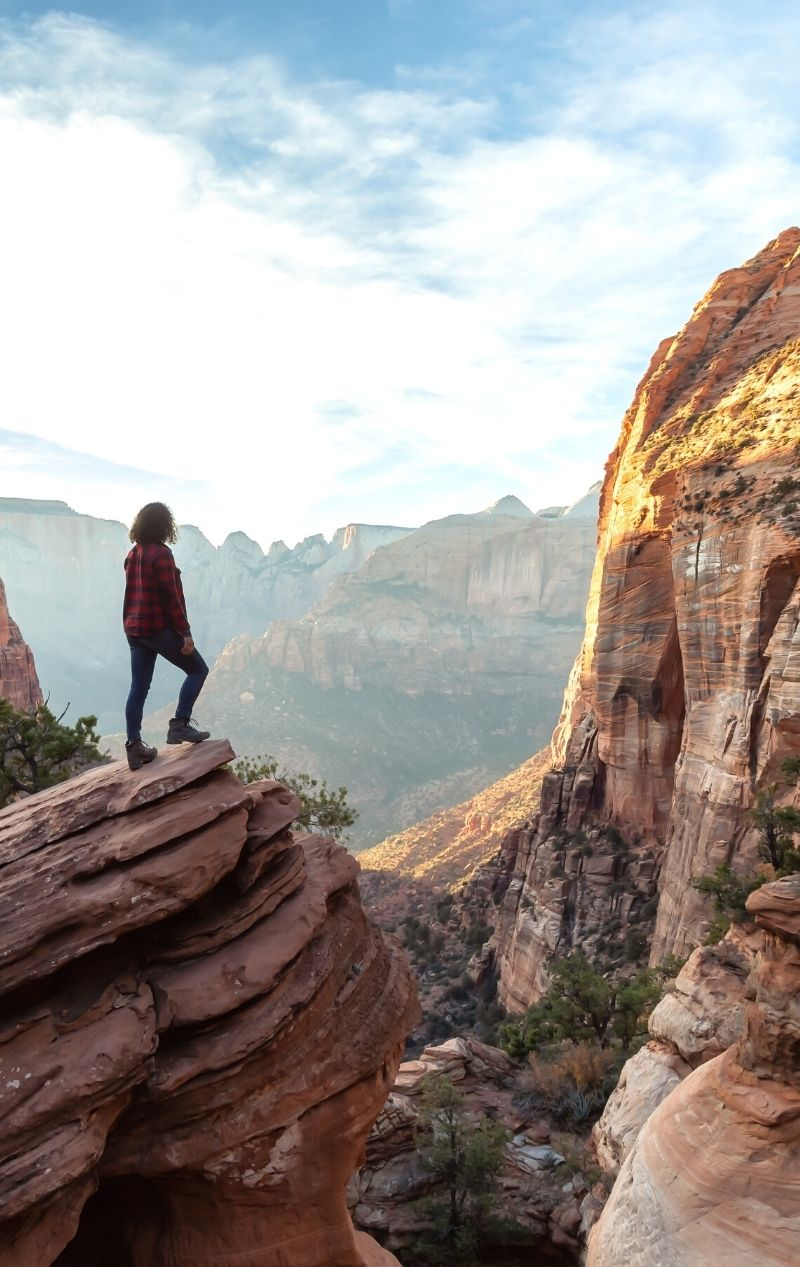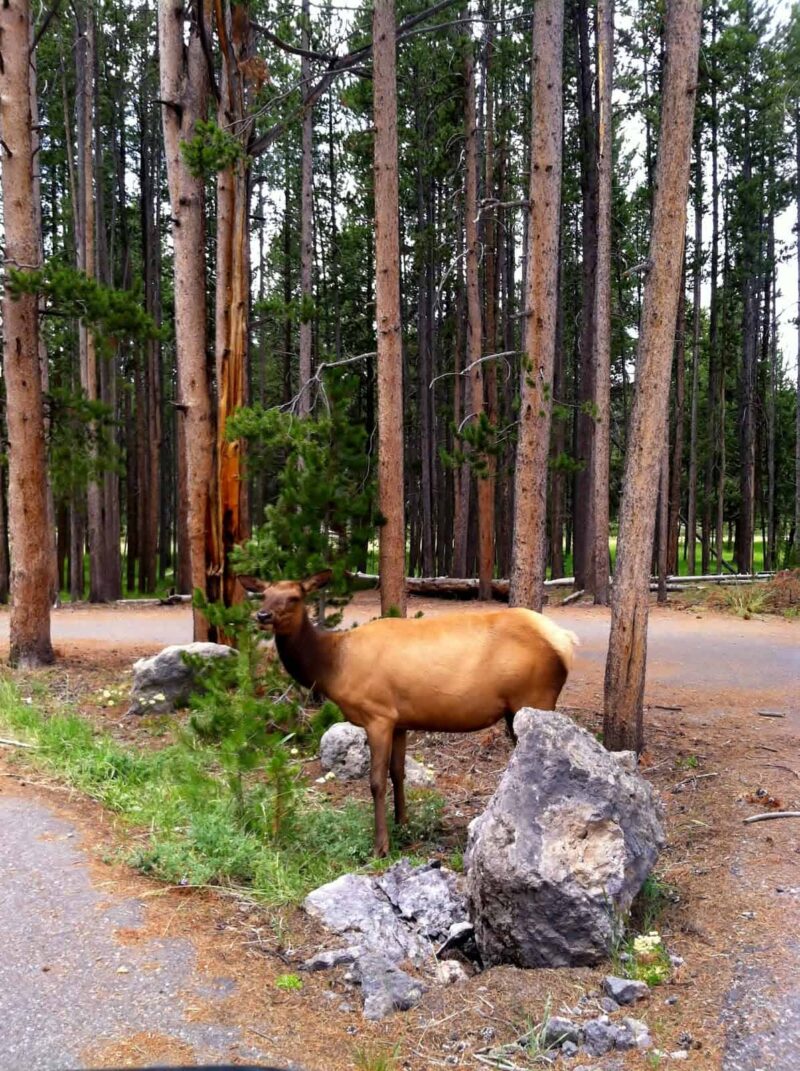National Park in Texas Ranked Fifth Most Deadly In the US
Big Bend National Park fifth deadliest national park in the US.
Texas is home to America’s fifth most dangerous national park, with 5.9 deaths per 1 million visits. Every 11 days, a hiker dies in a national park, and the Big Bend National Park (TX) is the eighth worst for hiking. Human factors cause 19 out of 20 deaths in national parks, while nature kills one in 1.6 million visitors per year. That’s huge.

Big Bend National Park Fifth Deadliest National Park
Every 29 hours, someone dies in an American national park, most likely due to human factors. Every 11 days, a hiker perishes in a national park. Personal injury lawyers caution families in Texas to be particularly careful this summer when visiting the Big Bend National Park, the fifth most dangerous national park in the US. It is also the eighth most dangerous national park for hiking, with 12 victims over the past 11 years.
Top 10 Most Dangerous National Parks in America
America’s most dangerous national park is Organ Pipe Cactus National Monument. Located at Arizona’s southern border with Mexico, the park has an average of 215,881 visitors yearly. While it is in the bottom 15% of the least visited parks in the study, its mortality rates are strikingly high, counting 60 since 2013. This means that, for 11 years, every 38,904th visit to Organ Pipe Cactus National Monument ended in death.
The Virgin Islands are home to the second-most dangerous US national park. The Virgin Islands National Park saw 33 people die since 2013, averaging three fatalities per year. This is unusually high for a park with relatively few visitors. Yearly mortality rates for parks with less than half a million visits per year average 0.56, meaning the Virgin Islands National Park is 535% more dangerous than parks with similar footfall levels.
The Big Bend National Park in Texas is America’s fifth most dangerous national park. Every year, it receives 431,241 visits, on average. Sadly, over the past 11 years, 28 of its visitors lost their lives on its premises. This means the Big Bend National Park reports nearly six deaths for every one million visits.
Top 10 Most Dangerous National Parks in America
| # | National Park | State(s)
/ District / Territory |
Average yearly visits | Total deaths (2013-2023) | Deaths per 1 million visits |
| 1 | Organ Pipe Cactus National Monument | AZ | 215,881 | 60 | 25.27 |
| 2 | Virgin Islands National Park | VI | 299,756 | 33 | 10.01 |
| 3 | Upper Delaware Scenic & Recreational River | NY, PA | 252,268 | 17 | 6.13 |
| 4 | Colorado National Monument | CO | 441,356 | 29 | 5.97 |
| 5 | Big Bend National Park | TX | 431,241 | 28 | 5.90 |
| 6 | Denali National Park & Preserve | AK | 478,153 | 28 | 5.32 |
| 7 | New River Gorge National River | WV | 1,291,650 | 72 | 5.07 |
| 8 | Redwood National and State Parks | CA | 444,254 | 22 | 4.50 |
| 9 | Death Valley National Park | CA, NV | 1,219,446 | 51 | 3.80 |
| 10 | Sequoia & Kings Canyon National Parks | CA | 1,680,761 | 69 | 3.73 |

Top 10 Safest National Parks in America
Washington, DC, is home to two of the safest national parks in America. Lincoln Memorial came first in the safety ranking. As the fifth most visited national park in the US, counting over seven million visits yearly, it has only reported two fatalities since 2013.
The Thomas Jefferson Memorial registered one death among the nearly 37 million visits it has received over the past 11 years. Thus, it is the third safest park in America.
In New York, the Statue of Liberty National Monument ranked second for being one of the safest national parks. It has one of the highest yearly footfalls of all national parks (#26), yet only one fatality occurred over a decade.
Top 10 Safest National Parks in America
| # | National Park | State(s) / District / Territory | Average yearly visits | Total deaths (2013-2023) | Deaths per 1 million visits |
| 1 | Lincoln Memorial | Washington, DC | 7,073,566 | 2 | 0.03 |
| 2 | Statue of Liberty National Monument | NY | 3,354,046 | 1 | 0.03 |
| 3 | Thomas Jefferson Memorial | Washington, DC | 2,740,345 | 1 | 0.03 |
| 4 | Gateway Arch National Park | MO | 1,664,295 | 1 | 0.05 |
| 5 | San Francisco Maritime National Historical Park | CA | 3,565,543 | 3 | 0.08 |
| 6 | Fort Vancouver National Historic Site | WA | 914,345 | 1 | 0.10 |
| 7 | Independence National Historical Park | PA | 3,510,324 | 4 | 0.10 |
| 8 | Muir Woods National Monument | CA | 877,177 | 1 | 0.10 |
| 9 | Klondike Gold Rush National Historical Park | AK, WA | 776,915 | 1 | 0.12 |
| 10 | Boston National Historical Park | MA | 2,297,808 | 3 | 0.12 |
Top 10 Parks with Most Deaths While Hiking
Over the past 11 years, 365 people died while hiking in a national park of any size. Most fatalities occur in popular national parks. The Yosemite National Park in California saw 31 hikers perish, while the Grand Canyon in Arizona made 29 victims whose activity before a fatal injury is classed as “hiking.”
Since 2013, another 26 hikers died in the Sequoia & Kings Canyon National Parks (California); 21 – in the Mount Rainier National Park (Washington), 20 – in the Rocky Mountain National Park (Colorado), 15 – in the Great Smoky Mountains National Park (North Carolina, Tennessee); 12 – in the Zion National Park (Utah); 12 – in the Big Bend National Park (Texas); 11 – in the Arches National Park(Utah); and 10 – in the Canyonlands National Park (Utah).
Further analysis suggests that the older the hikers, the more unlikely they will survive. Those aged over 55 constitute almost half the victims whose death occurred while hiking. 38% of them died as a direct result of the activity, which produced a medical condition that proved fatal. 28% fell to their death, 10% suffered from hyperthermia, while another 4% – from hypothermia.
Top 10 Parks with Most Deaths While Hiking
| # | National Park | State(s)
/ District / Territory |
Deaths while hiking |
| 1 | Yosemite National Park | CA | 31 |
| 2 | Grand Canyon National Park | AZ | 29 |
| 3 | Sequoia & Kings Canyon National Parks | CA | 26 |
| 4 | Mount Rainier National Park | WA | 21 |
| 5 | Rocky Mountain National Park | CO | 20 |
| 6 | Great Smoky Mountains National Park | NC, TN | 15 |
| 7 | Zion National Park | UT | 12 |
| 8 | Big Bend National Park | TX | 12 |
| 9 | Arches National Park | UT | 11 |
| 10 | Canyonlands National Park | UT | 10 |
Every year, the odds of a falling tree or branch killing someone in a national park of any size are one in 15.1 million visits. The chances of dying stricken by lightning are even lower: one in over 34.5 million visits. Generally speaking, there is only a 4.6% chance that someone who died in any American national park did so due to environmental causes, such as low temperatures, rockfall, avalanches, or flash floods.
The study from personal injury litigators at Triumph Law, P.C., scrutinized official fatality rates occurring in 153 popular national parks across America. The researchers evaluated official data from the US National Park Service spanning 11 years, from the beginning of 2013 until the end of 2023.
Source: Mortality data was collected from the US National Park Service
Next Read: Gem Mining in US National Parks.
